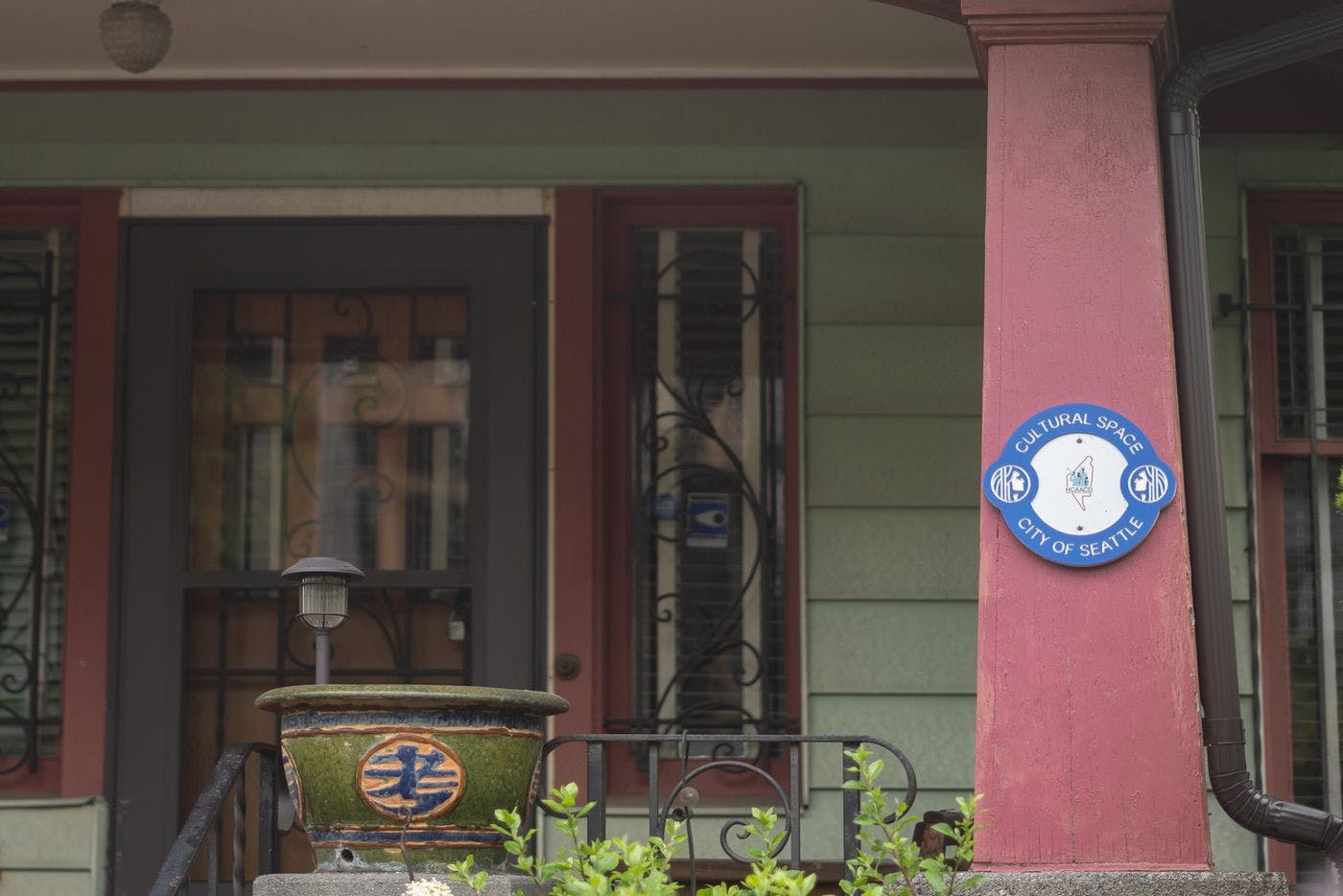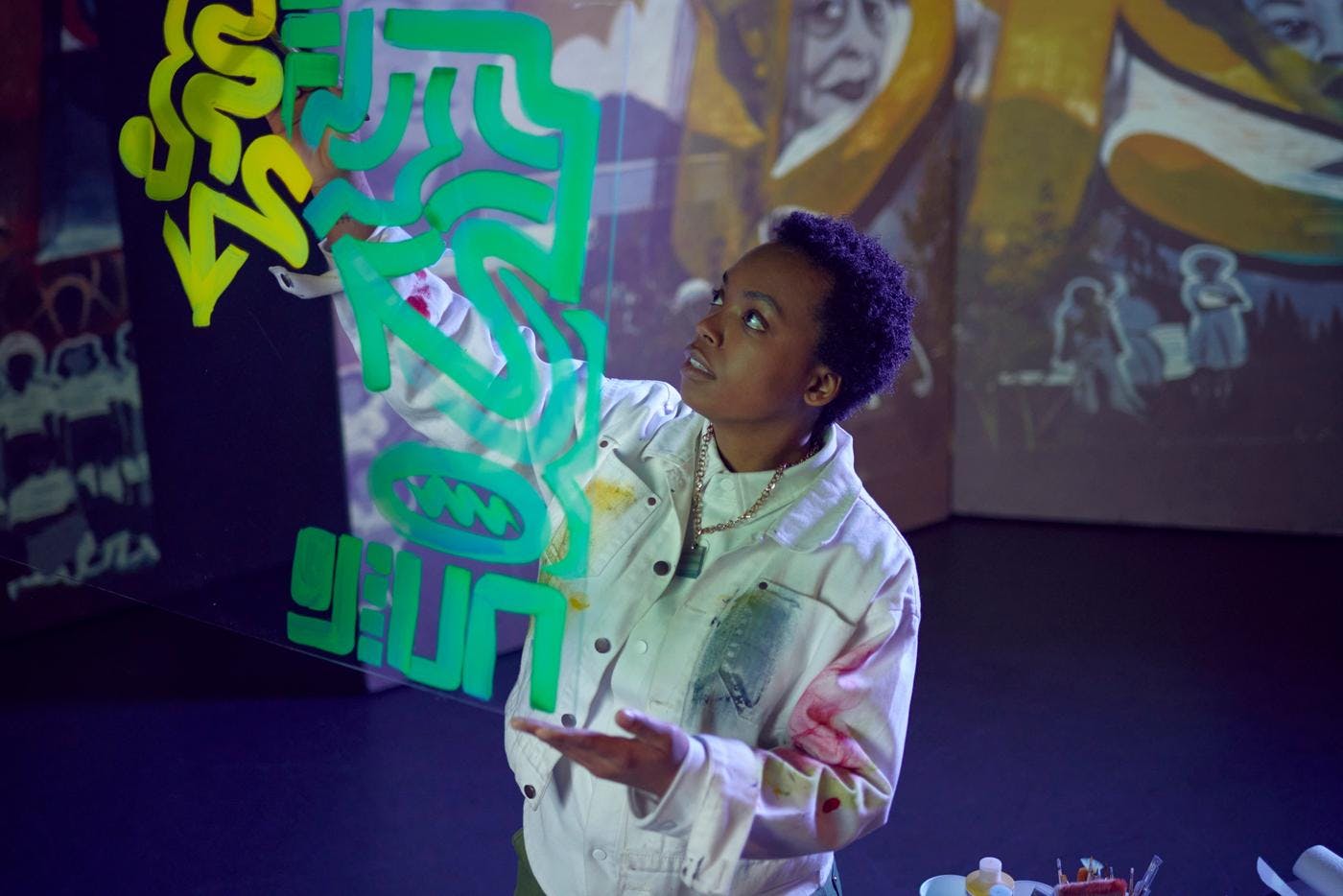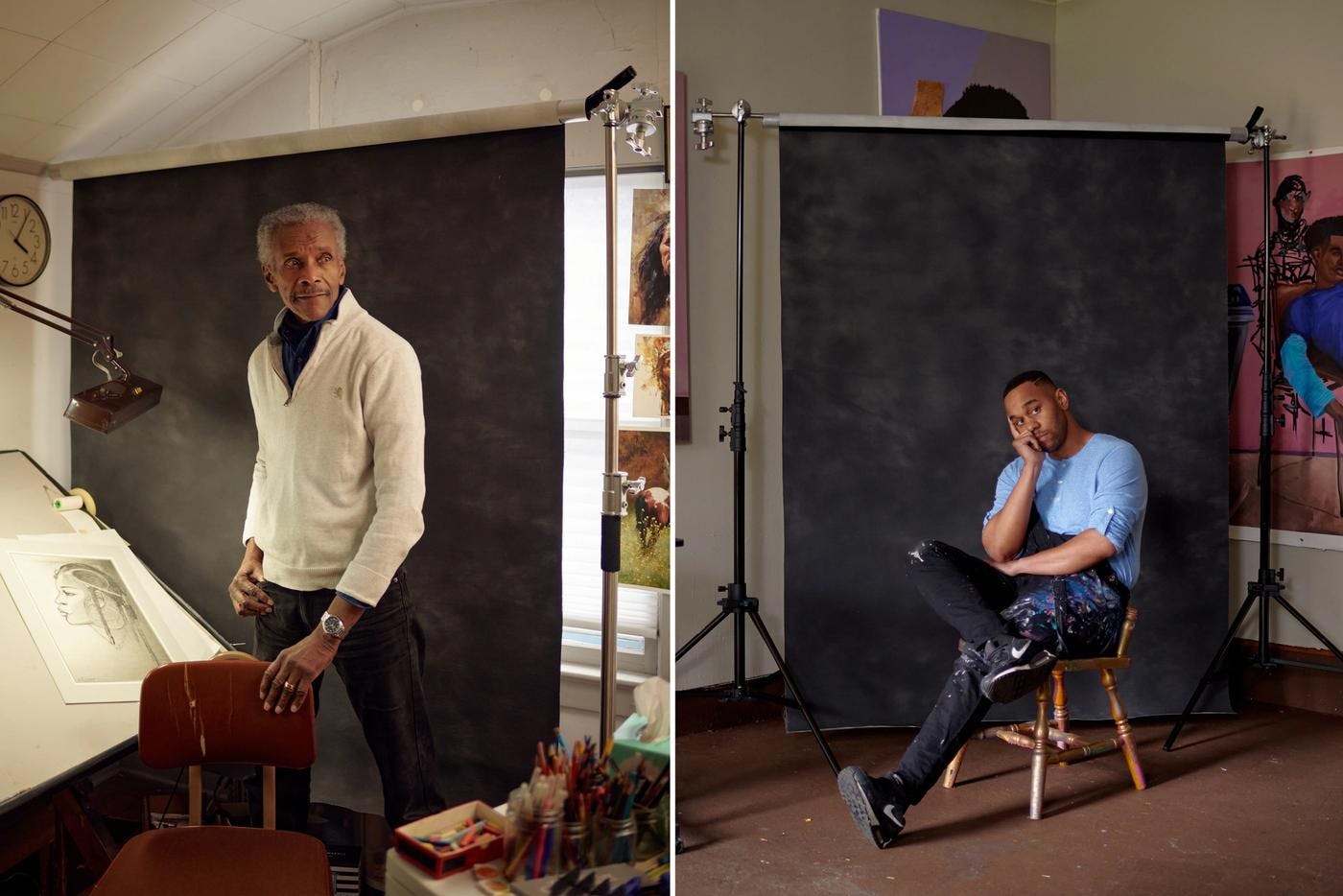
Watch: Debora Moore
A pioneer of glass techniques, this renowned creator is one of the few Black female artists in her medium.
Two curators separated by decades turn homes into galleries to support artists.
by Editorial Staff / June 1, 2022
It’s not easy to run a contemporary art gallery in Seattle. Especially when you’re a woman in the 1940s trying to persuade collectors to support a new wave of modern art, as was Zoë Dusanne (1884 - 1972). Or even in the 2000s, when you are fighting to sustain Black artists and communities in the face of rapid gentrification, as does Elisheba Johnson (b. 1981). The two are separated by several generations and many changes in the contemporary art landscape, but they are bound together in their shared approach to using the home as a site for creativity and community.
Dusanne was a curator and dealer who brought abstract expressionism to Seattle, championed Japanese American artists and was instrumental in gaining public appreciation for the Northwest School of modern artists. She did much of this work from the midcentury modern home she built on land that would eventually be cleared to make way for Interstate 5, near what is now exit 168A.

The 1949 home — which she commissioned emerging Seattle architects Bert Tucker, Robert Shields and Roland Terry to design — had a grand view of Lake Union, with large windows that allowed a flood of natural light to illuminate her vast, personal art collection. Dusanne regularly hosted visitors in her home and would eventually open the space to the public as the Zoë Dusanne Gallery.
She exhibited some of Seattle’s finest painters, including the emergent Mark Tobey, George Tsutakawa and John Matsudaira, and she was the first person to exhibit Japanese artist Yayoi Kusama in the U.S. She often loaned parts of her collection to the Seattle Art Museum and the Henry Art Gallery.
Art is an inquiry and curating is a thesis statement.—Elisheba Johnson
Almost 70 years later and just a few miles southeast of Dusanne’s former home, Elisheba Johnson launched the home gallery Wa Na Wari with Rachel Kessler, Jill Freidberg and Inye Wokoma in 2019. The Central District home was owned by Wokoma's grandfather and has been in his family for five generations.

The gallery is a beautiful demonstration of the resiliency of art and community in the face of massive displacement in the neighborhood. The home was always a community space, Johnson says. “It was weird if the door was closed…. [People] knew if they came here they could meet somebody they knew, could talk to. So we kind of feel like we are continuing that.” Wa Na Wari hosts literary events, live music and enlightening experiences alongside an exhibition schedule that showcases Black artists from around the city and nation.
Dusanne’s history and Johnson’s ongoing work demonstrate that curating is more than simply collecting art into one room. Bringing people together around art is a key part of community building. A huge part of Dusanne’s legacy was lost when her home was cleared to make way for I-5 and surrounding developments in the name of city progress. But her life and work are kept alive in people like Johnson, who show us that the home is a site where Black community and art collide, where we can feel the resiliency of Black life.
ARTIST OVERVIEW

Curator
(1884-1972)

A pioneer of glass techniques, this renowned creator is one of the few Black female artists in her medium.

An influential member of the noted Northwest School, the Central District sculptor turned his home into a community center for artists.

As a direct connection to the Harlem Renaissance, this often overlooked painter inspired generations of Seattle movers and shakers.

Salvaging old cloth and scrap metal, the longtime Seattle sculptor finds beauty in what’s discarded.

This Seattle artist channels his personal history and activism into vibrant murals and abstract paintings.

With meticulous skill and a communal approach, the longtime Seattle artist has cut her own path.

The first Black art instructor in Washington was an experimental artist ahead of his time.

The influential art teacher uses books, found objects and photography to provoke thought and shift perception.

The late couple's house is now a cultural center that inspires the next generation.

The late director, producer, stuntman and teacher used film and video production to lift up the voices of Seattle’s Black community.

Through public murals, collaborative projects and custom sneakers, this artist is leaving her footprint on Seattle history.

The curator, gallerist and artist is resisting the art establishment with bold immersive experiments.

From intricate portraits to multistory murals, the artists bring Black history and bold color to the cityscape.

Through ceramics, sculpture, jewelry and public art, the multifaceted artist makes Black history tactile.
Thanks to our Sponsors
Your support helps Crosscut create projects like Black Arts Legacies. Learn how you can help with a one-time donation or recurring membership.
Support Crosscut